The truth about 2023 Nissan Qashqai e-Power series hybrid in Australia
Nissan pays for Australia's elite automotive press to attend the launch of new Qashqai e-Power hybrid to recite talking points. Pity they forgot to ask any hard questions, and failed to spot its biggest problem…
So, Nissan Australia just flew a bunch of motoring so-called journalists all the way to Sweden, up the pointy end, no doubt, to sample fine food and wine, and of course republish the major press kit talking points orbiting the delights of the new Qashqai e-Power hybrid.
Shame they missed the point of being a journalist: to ask tough questions, report the facts, and they failed to list the vehicle’s fairly obvious shortcomings. How?
Must have forgotten to ask all those hard questions that should come naturally to any good journalist.
I estimate Nissan spent about $15,000 per head flying some participants from Australia to Sweden, business class and five-star all the way.
Interesting how few media outlets disclose the nature of the freebie, how deep the snout is, in the trough, which would perhaps help you make an informed assessment on ‘How bent over is this report?’ >>.
The publisher is gagging for the ad revenue. The so-called journalist likes being treated as if he’s Elvis. Just say some nice things, don’t ask any hard questions, don’t rock the boat, and we’ll do it all again - your platinum frequent flyer status is a done deal, dude.
Carsguide published this on 1 July, 2022, entertainingly. And I agree, aside from being the vehicle’s primary source of tractive energy, that engine has nothing whatsoever to do with turning the wheels.
You put a bunch of car reviewers in a room, the result is a monument to technical ignorance. I’ve never understood that.
Carsguide, again. I think they’re still doing the free vomit bag promotion.
As a consumer potentially interested in buying this vehicle, exactly how does this nauseating dribble help you learn about it?
My AutoExpert AFFORDABLE ROADSIDE ASSISTANCE PACKAGE
If you’re sick of paying through the neck for roadside assistance I’ve teamed up with 24/7 to offer AutoExpert readers nationwide roadside assistance from just $69 annually, plus there’s NO JOINING FEE
Full details here >>
AutoExpert DISCOUNT OLIGHT TORCHES
These flashlights are awesome. I carry the Olight Warrior Mini 2 every day - it’s tiny, robust, and super useful in the field or in the workshop. Olight is a terrific supporter of AutoExpert.
Use the code AEJC to get a 12% discount >>
Generators suck! Go off-grid with AutoExpert BLUETTI PORTABLE POWER STATIONS
Need mobile, reliable power? If you’re camping, boating, caravanning or building a dirty big shed in the back paddock, and you need to run a refrigerator, lights, air conditioner, cooking, and/or a bunch of tools - Bluetti has a clean, tidy, robust solution…
Get your AutoExpert free shipping discount here: https://bit.ly/3n62heK
CAR REVIEWS VS MOTORING JOURNALISM
Reviewing a car is not the same as motoring journalism. But proper car reviews require the same enquiry and fact-checking journalism is supposed to be all about.
Let’s get into the details of e-Power, starting with your technical homework: Understanding Batteries >>
Here’s another example of how not to review a new car.
Rupert Murdoch’s NewsCorp there, News.com.au, on July 8, 2022, getting it almost correct.
Compared with a Toyota hybrid, this is true, it does have a 31 per cent bigger battery than a shitbox RAV4 Hybrid, which is undoubtedly the most pathetic hybrid in the nation, in my view. Totally anorexic battery there.
That RAV4 Hybrid is an IQ test: if you buy one, you fail.
Problem is suggesting the e-Power outdoes the RAV4 on battery-only use is like saying it comes not-last in the running race. Most of the leading hybrids are running on big, muscular plug-in batteries, while Qashqai and RAV4 are at the back of the pack with the defunct Ioniq and Prius plus the Corolla hybrid, running on puny little double-A batteries, metaphorically.
Every plug-in hybrid on the market beats the Qashqai e-Power in terms of batter-only drive capability. This is a fact. Take the Mitsubishi Eclipse Cross PHEV >>. It has a 13.8kWh battery, versus Qashqai at 2.1. That’s 6.6 times more battery, offering 55 kilometres of EV-only range in the Mitsubishi.
MG HS+ EV plug-in hybrid has a 16.6kWh battery, with 63 kilometres on the battery. Try doing that in the Qashqai e-power. Pro Tip: Take comfortable walking shoes.
Drive.com.au, from the Nine-Fairfax sewer, on July 6, 2022. Actually, the 1.5-litre does drive the wheels, in pretty much exactly the same way a dirty big 2000-horsepower diesel engine in a locomotive drives its wheels.
Drive again there. Aside from the fairly clear-cut electrical connection between the 1.5-litre engine and the wheels, which is the vehicle’s primary source of tractive effort, totally on the money.
CarExpert, on 5 July, 2022. Firstly, it’s actually 2.1 kilowatt hours, but who’s counting? They’re only 10 per cent wrong on that, which is well above average for Australian so-called journalism.
However, if you want that 140 kilowatts, perhaps to overtake a truck before the end of time, most of it is simply not fed by the battery pack. It’s bypassing the battery and coming direct from the engine, via the inverter.
Car Expert there, again, in the same report. Three problems in one paragraph. Let’s correct the record, shall we?
#1: There is that pesky electrical connection to the wheels, kinda like on locomotives. We talked about that.
#2: The petrol engine does not “serve as an on-board generator”. It drives an onboard generator. They’re different components. The engine is bolted to a generator. How hard is this?
#3: The engine is not a range extender. Without the engine the vehicle would have virtually zero range. The engine is the vehicle’s primary source of motive power.
According to Nissan the official fuel consumption (WLTP cycle) is 5.3 litres per 100km. That’s almost 200 million joules of combustion enthalpy from the petrol. That’s 56 kilowatt-hours. At 25 per cent efficiency that’s about 14 kilowatt-hours of energy at the crank. Versus a 2kWh battery (which would be flat if the engine didn’t also charge it).
The engine does not just top up the battery. Because the battery - being that small - simply cannot provide the full 140kW peak power output. The engine drives the wheels via its direct electrical connection, via the inverter, but it does incidentally top up the battery from time to time.
The media coverage on this car is among the worst I have ever seen. Equally pathetic, in my estimation, is the apparent complete lack of technical appreciation inside Nissan - for its own product. Good at putting a bunch of domesticated car reviewers on a plane. Not so hot at making sure they get it right.
THE CONSUMER QUANDRY
Is it any wonder there’s so much confusion out there among punters?
Okay so this is from a loyal viewer such as your good self. I’ll try to make this as simple as possible. e-Power is not really that clever. It’s just a bit different. But it is a bit of a ‘fail’ on engineering fundamentals - especially efficiency. And it’s gonna be too expensive. We’ll get to that.
Here’s how it works:
It’s got a big 140kW electric motor driving the front wheels. It’s got a tiny battery. 2.1 kilowatt-hours.
Qashqai e-Power has a dirty big inverter, because it needs to be able to drive an electric motor with 140kW of output power. And the petrol engine is only connected to a generator.
So in that sense it’s kinda like a petrol-electric generator that you might take camping, albeit a lot bigger, at three cylinders, 1.5 litres and 116 kilowatts. And the engine has variable compression - mainly to optimise fuel efficiency at low loads.
So, the drive is from the electric motor, which makes it feel like an EV (because the drive itself is electric). It doesn’t feel like a RAV4 Hybrid which overwhelmingly drives the wheels mechanically with a petrol engine and a CVT.
Like all hybrids and battery EVs, Qashqai e-Power regeneratively brakes - so when you lift off, the drive motor becomes a generator and it converts kinetic energy, which you’re bleeding off (to stop at the lights, or something) into electricity, and it stores that in the battery for later use. Subject to the battery having latent storage capacity available.
This vehicle can drive for a very short distance on battery alone. Remember, it has an anorexic battery, and it can only do this at low loads, because of physics. If you demand a lot of power, the petrol engine must operate.
If you want proper hybrid performance, Outlander PHEV offers 20kWh, not 2.1kWh.
When the battery gets depleted, the petrol engine runs, driving the generator and topping up the battery. And when you demand a lot of power the petrol engine runs, firing up the generator, pumping electricity into the inverter and driving the wheels directly, bypassing the battery.
If you floor it to overtake a truck, or something, or find yourself the only person ever to take a Qashqai e-power to the dragstrip, the battery will discharge heavily to provide the balance of the vehicle’s maximum 140 kilowatts, but it can only do that briefly.
Nissan has configured the vehicle this way so it feels like an EV to drive, and you don’t have to plug it in. The problem with all engineering is, however, compromise. If you tweak a system one way, something else gets sacrificed - and the obvious casualties with this design are efficiency and how extremely hard they’re driving the Qashqai e-Power’s tiny battery.
MY ADVICE
Nissan, of course, has an appalling track record of battery reliability, and I’d want to see some evidence that they’ve fixed this issue before I took the risk with a system this complex and new. Complexity is, of course, the enemy of reliability, and the only countermeasure there is robust R&D. And they are not renowned for that - especially in the battery department.
Funny how it seems none of the media outlets which attended Nissan’s Sweden junket pointed this out, huh?
LIGHTS OUT: Sorry, Nissan - try again.
Pro Tip: You’re probably going to need to run this vehicle on 95RON premium unleaded, because it’s coming straight out of the Sunderland factory for the EU market - certainly that’s what the petrol-only one requires - something to factor in if you’re buying one to allegedly start saving money on fuel. (The compression ratio is 14:1 at its highest. Hard to see that running happily on 91.)
It’s going to cost as much as $5000 extra, for the e-Power variant, too. Prices aren’t announced yet, but this is the informed speculation. So, that’ll be, like, 5.3 litres per hundred for e-Power versus 6.1 for the petrol-only Qashqai.
Thus, e-Power, by virtue of the inherent inefficiency problem noted in the video, amps up the complexity but actually saves you only 800 millilitres of petrol per 100 kilometres of driving, and it’s going to cost you, say, $5000 more.
Average price for 95 is $2.20 per litre right now, according to FuelCheck. So, you’ll be saving about $1.76 every 100 kilometres.
That’s $5000 divided by $1.76, which equals 2841 times 100 kilometres, to break even. Which is 284,100 kilometres. And that’s how far you have to drive to break even, financially. Not to get ahead and save one cent. To break even. Most people drive a bit under 15,000km every year - so that’s roughly 20 years, to save $5000. It’s absurd.
Isn’t it funny how none of the reports orbiting Nissan’s Sweden junket that I read managed to point that out?
As a museum exhibit: Qashqai e-Power is kinda half interesting. As an engineering PhD-type investigation into systematically alternative hybrids - ditto.
But as a viable commercial proposition to save fuel and/or money, or the planet: Don’t waste my time.
However, as a look at how post-lockdown ‘snout in the trough’ journalism functions in Australia, and a health check on the technical competency of some of the major motoring publishers - Qashqai e-Power has already proven itself to be absolutely remarkable.

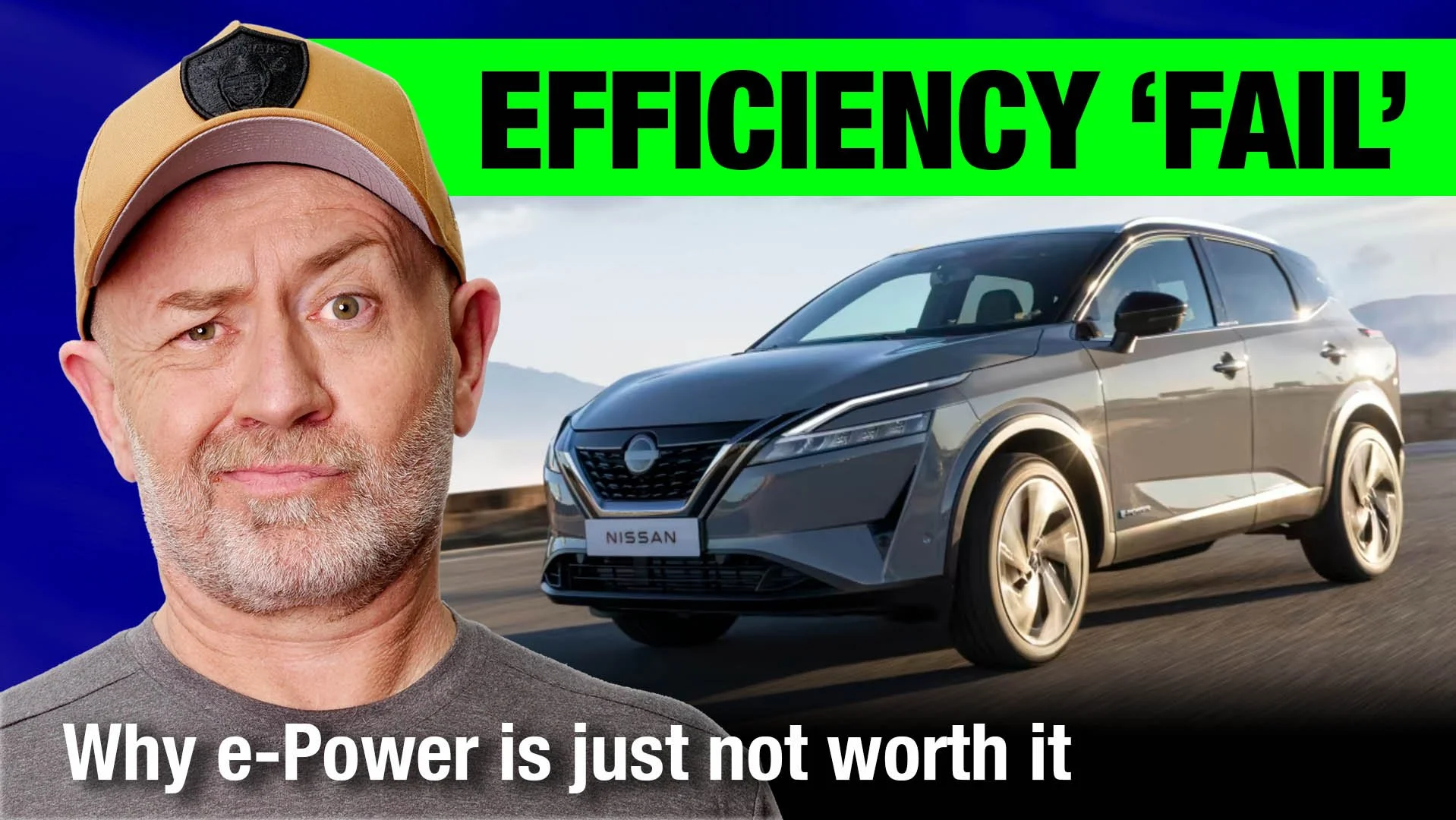





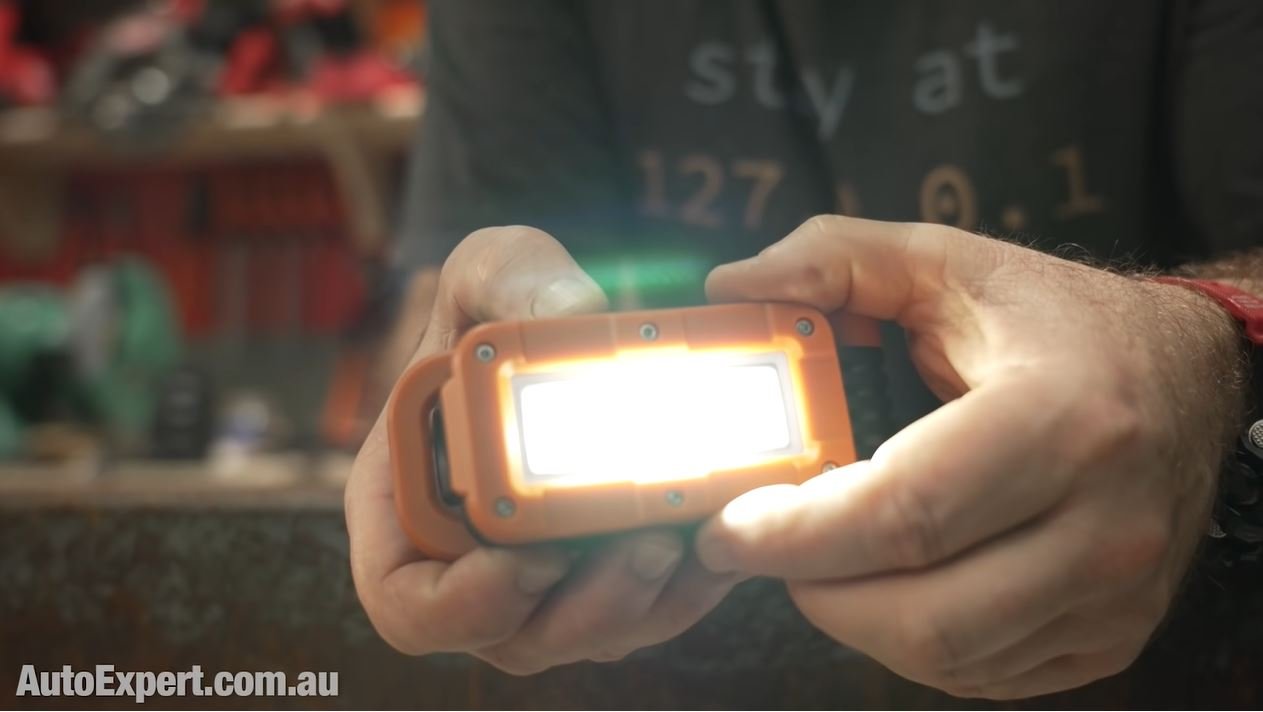
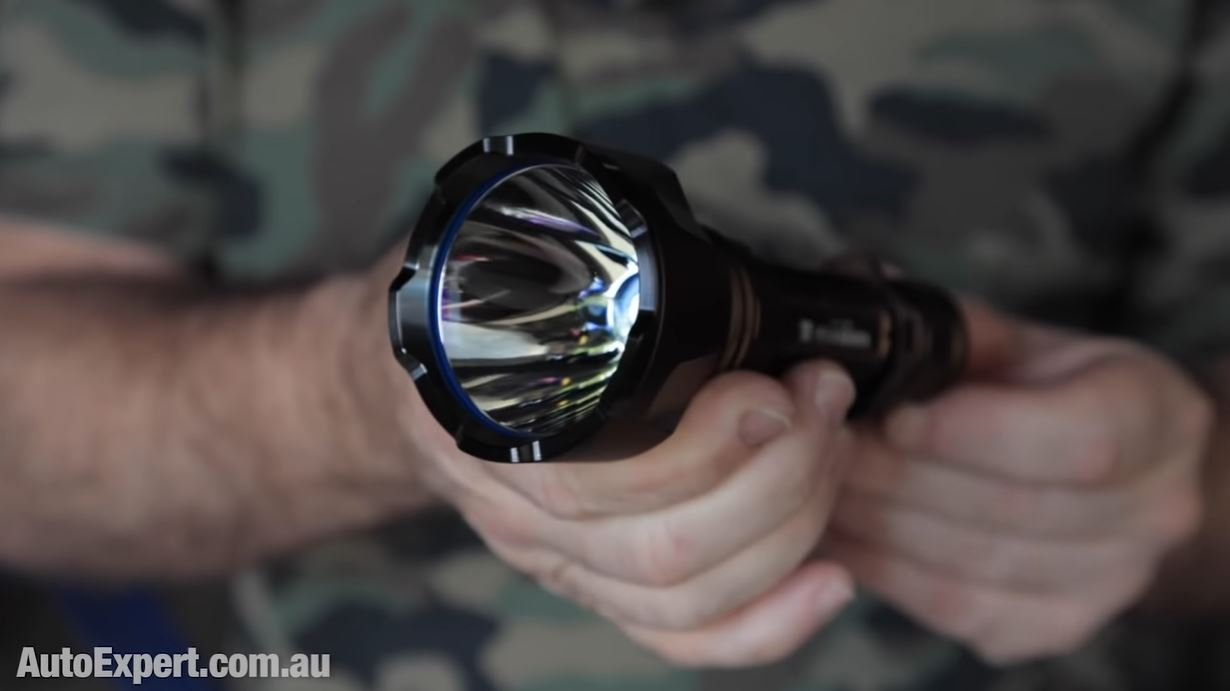
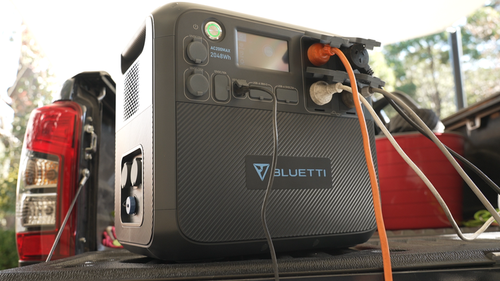






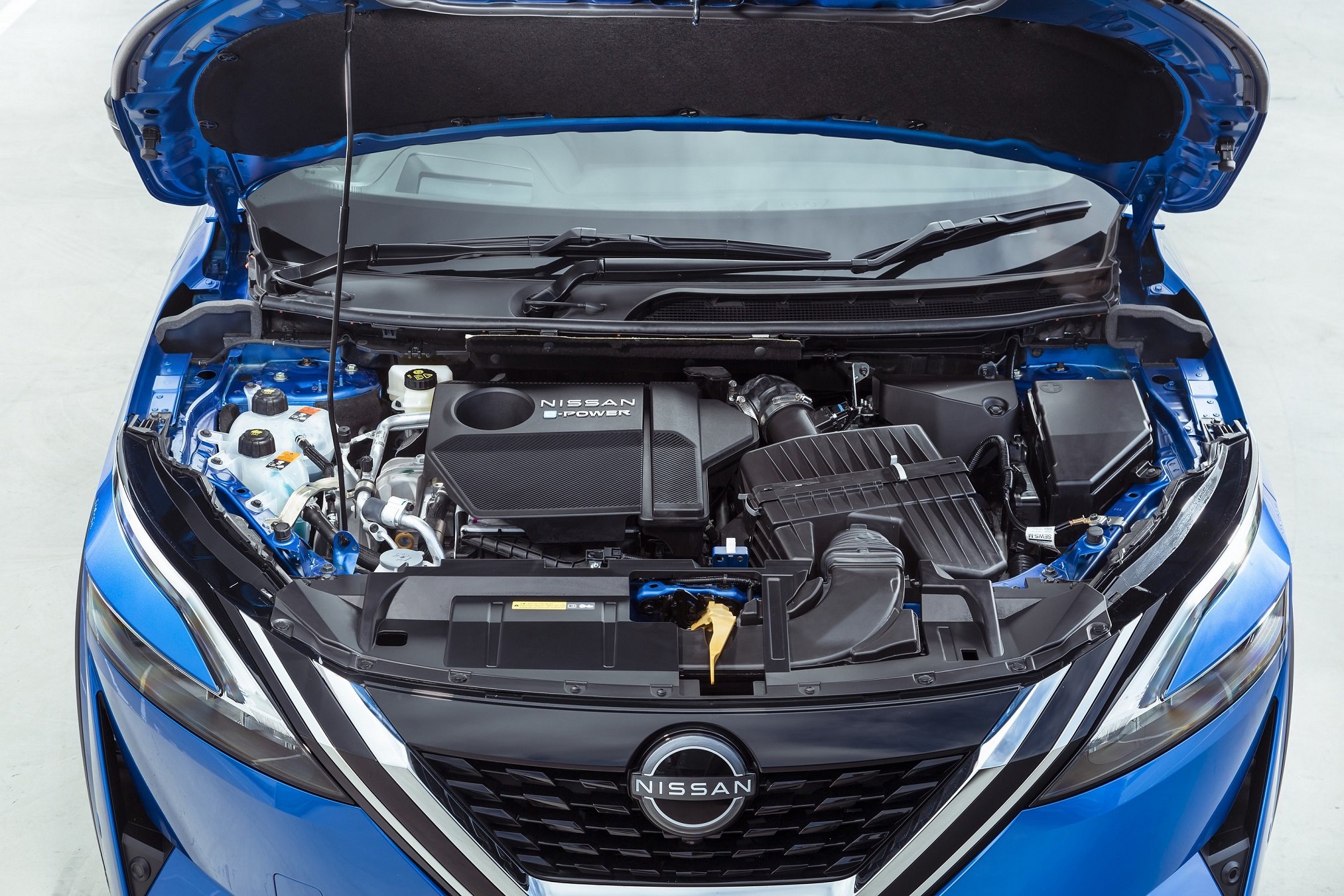
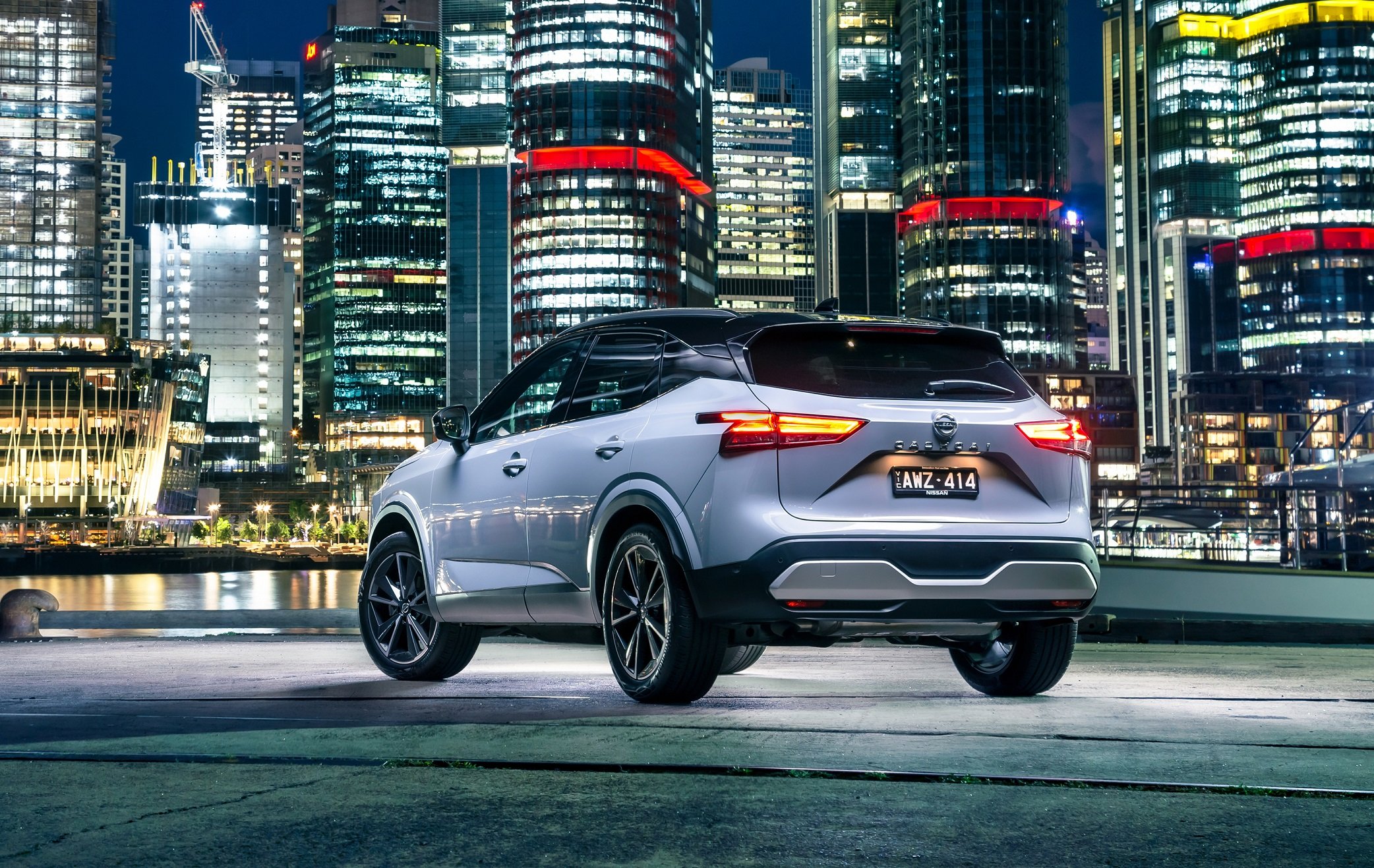














Toyota has raised the Corolla and called it a small SUV, one that offers reliability, practicality and even performance atop the range. Let’s see if there are any redeeming features that can justify the $50K price?